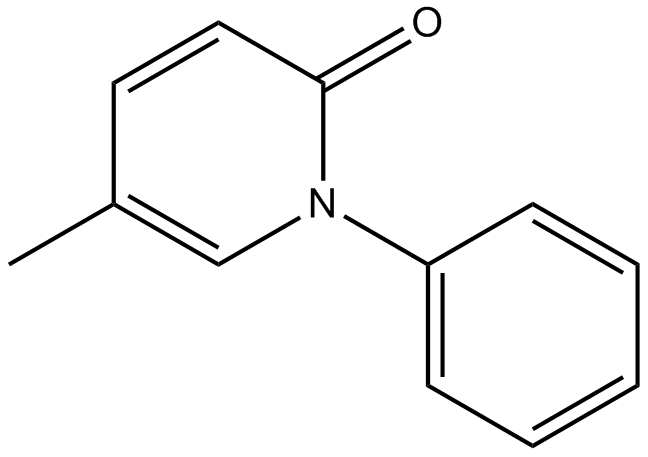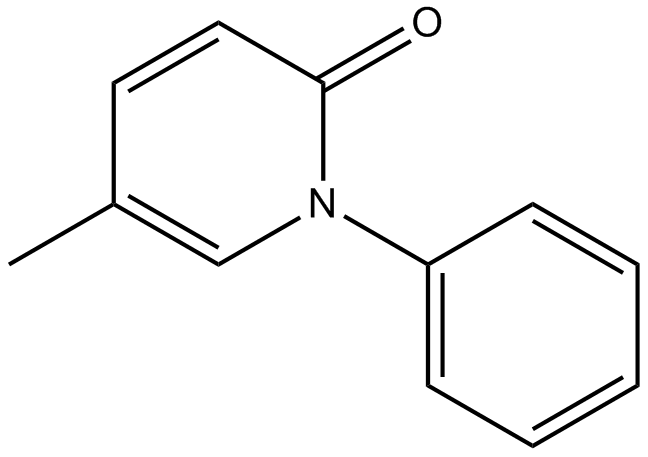Pirfenidone
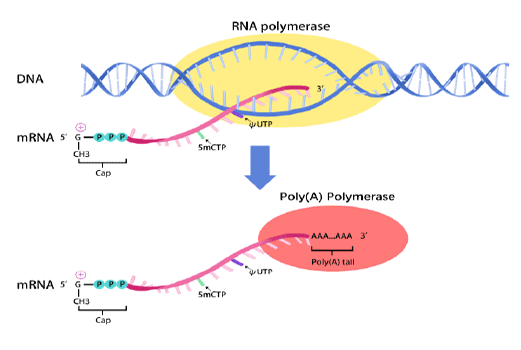
mRNA synthesis
In vitro transcription of capped mRNA with modified nucleotides and Poly(A) tail
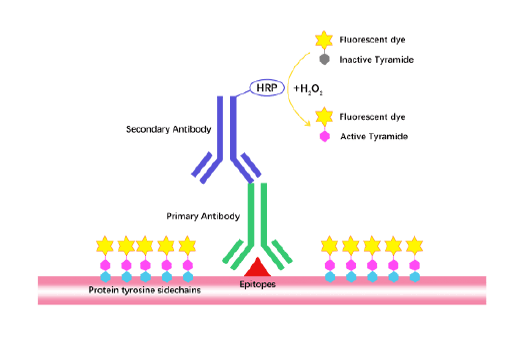
Tyramide Signal Amplification (TSA)
TSA (Tyramide Signal Amplification), used for signal amplification of ISH, IHC and IC etc.
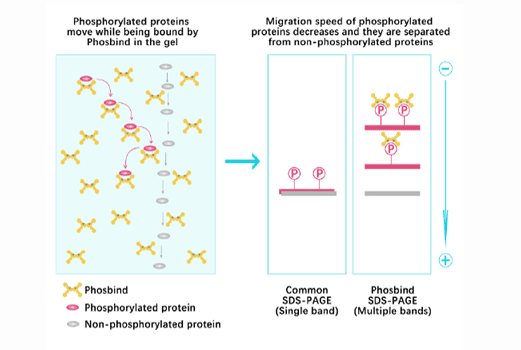
Phos Binding Reagent Acrylamide
Separation of phosphorylated and non-phosphorylated proteins without phospho-specific antibody
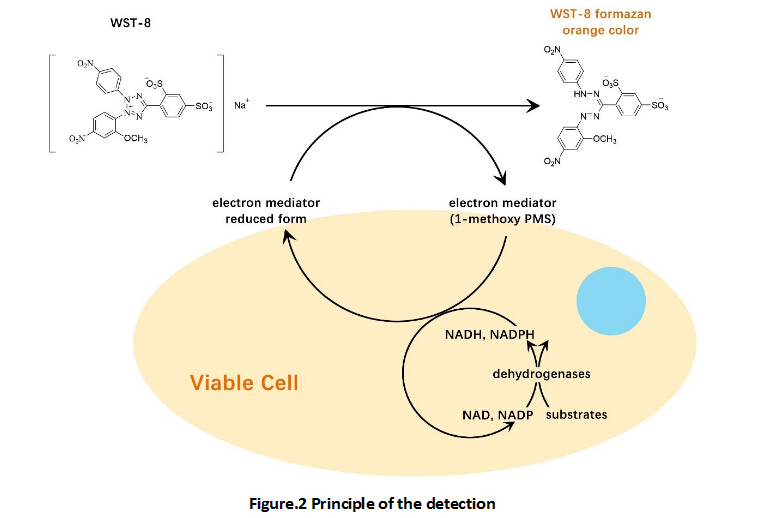
Cell Counting Kit-8 (CCK-8)
A convenient and sensitive way for cell proliferation assay and cytotoxicity assay
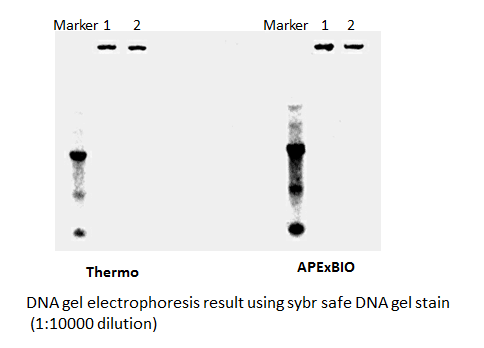
SYBR Safe DNA Gel Stain
Safe and sensitive stain for visualization of DNA or RNA in agarose or acrylamide gels.
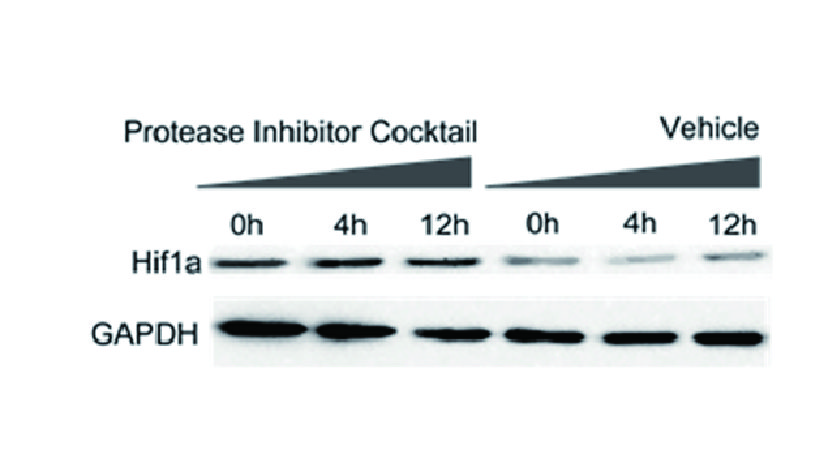
Inhibitor Cocktails
Protect the integrity of proteins from multiple proteases and phosphatases for different applications.
Pirfenidone是一种口服抗纤维化剂,具有广谱抗纤维化和抗炎作用。Pirfenidone用于治疗某些纤维化疾病,在特发性肺纤维化患者中,Pirfenidone目前已进入处于临床试验中。
体外实验:在RAW264.7细胞中,Pirfenidone(< 300 μg/mL)通过翻译机制抑制促炎细胞因子TNF-α,其不依赖于丝裂原活化蛋白激酶(MAPK)2、p38 MAP激酶和c-Jun N-末端激酶(JNK)的活化[1]。在LN-18、T98G、LNT-229和LN-308细胞系中,Pirfenidone(< 10 mM)以浓度依赖性方式降低神经胶质瘤细胞密度。在CCL-64细胞中,Pirfenidone(< 5 mM)通过影响TGF-β2 mRNA表达和pro-TGF-β的加工而降低TGF-β生物活性。在LN-308细胞中,Pirfenidone(< 8.3 mM)抑制重组弗林蛋白酶的活性,并以剂量依赖性方式下调MMP-11的表达[2]。在培养的子宫肌层和平滑肌平滑肌细胞中,Pirfenidone以剂量依赖性方式抑制血清刺激的DNA合成和细胞增殖的增加[3]。
体内实验:在Pirfenidone治疗的动物中,胶原I、III和IV、转化生长因子β-1、Smad-7、TIMP-1和PAI-1的基因表达显著降低[4]。剂量为30 mg/kg/天的Pirfenidone一日三次给药减弱bleomycin诱导的肺纤维化。Pirfenidone(30、100 mg/kg/天)一天三次抑制肺炎症性水肿和肺纤维化。Pirfenidone抑制bleomycin诱导的肺白介素(IL)-1β、IL-6、IL-12、p40和单核细胞趋化蛋白(MCP)-1水平的增加,并防止bleomycin诱导的肺干扰素(IFN)-γ水平的降低。此外,Pirfenidone抑制肺碱性成纤维细胞生长因子(bFGF)、转化生长因子(TGF)-β1、肺基质细胞衍生因子(SDF)-1α和IL-18的升高[5]。
在小鼠中,250 mg/kg Pirfenidone有效抑制促炎细胞因子、TNF-α、干扰素-γ和白细胞介素-6的生成,但增强抗炎细胞因子、白细胞介素-10的生成[1]。Pirfenidone (250 mg/kg/天)改善了约50%的环孢菌素诱导的纤维化,改善CsA诱导的肌酐清除率降低。在盐耗竭的Sprague-Dawley大鼠中,Pirfenidone还降低80%的TGF-β1蛋白表达 [6]。在静脉内注射博莱霉素的ICR小鼠中,Pirfenidone(400 mg/kg/天)抑制热休克蛋白47阳性细胞和肌成纤维细胞,这两种细胞是负责肺纤维化中细胞外基质积累和沉积的主要细胞[7]。
在用二甲基亚硝胺(10 mg/kg)处理5周的大鼠中,0.5% Pirfenidone降低肝损伤程度。0.5% Pirfenidone流体饮食给药将这些转录物水平的升高下调了50-60%,这与胶原沉积减少70%相关[8]。
临床试验:Pirfenidone是用于治疗糖尿病性肾病的有前景的药物。1200-mg/d Pirfenidone组中,平均eGFR增加(每1.73 m2增加3.3 ± 8.5 ml/min),在安慰剂组中,平均eGFR降低(每1.73 m2增加2.2 ± 4.8 ml/min)(P = 0.026)。在2400-mg/d Pirfenidone组中,中断率高(11/25),eGFR的变化与安慰剂(1.9 ± 6.7 ml/min per 1.73 m2)没有显著差异[9]。
在特发性肺纤维化(IPF)患者中,Pirfenidone已经进入了3个III期、随机、双盲、安慰剂对照研究[10,11]。在Pirfenidone组中,与安慰剂组相比,在绝对下降10个百分点的患者中,相对减少47.9%,而FVC没有下降的患者中,相对增加132.5%(P < 0.001),FVC没有下降。Pirfenidone也减少了6分钟步行距离的下降(P = 0.04),改善无进展生存期(P < 0.001)。最常见的副作用是胃肠道和皮肤相关疾病[11]。
参考文献:
Nakazato H, Oku H, Yamane S, et al. A novel anti-fibrotic agent pirfenidone suppresses tumor necrosis factor-α at the translational level[J]. European journal of pharmacology, 2002, 446(1): 177-185.
Burghardt I, Tritschler F, Opitz C A, et al. Pirfenidone inhibits TGF-β expression in malignant glioma cells[J]. Biochemical and biophysical research communications, 2007, 354(2): 542-547.
Lee B S, Margolin S B, Nowak R A. Pirfenidone: a novel pharmacological agent that inhibits leiomyoma cell proliferation and collagen production[J]. The Journal of Clinical Endocrinology & Metabolism, 1998, 83(1): 219-223.
Garca L, Hernández I, Sandoval A, et al. Pirfenidone effectively reverses experimental liver fibrosis[J]. Journal of hepatology, 2002, 37(6): 797-805.
Oku H, Shimizu T, Kawabata T, et al. Antifibrotic action of pirfenidone and prednisolone: different effects on pulmonary cytokines and growth factors in bleomycin-induced murine pulmonary fibrosis[J]. European journal of pharmacology, 2008, 590(1): 400-408.
Shihab F S, Bennett W M, Yi H, et al. Pirfenidone Treatment Decreases Transforming Growth Factor‐β1 and Matrix Proteins and Ameliorates Fibrosis in Chronic Cyclosporine Nephrotoxicity[J]. American Journal of Transplantation, 2002, 2(2): 111-119.
Kakugawa T, Mukae H, Hayashi T, et al. Pirfenidone attenuates expression of HSP47 in murine bleomycin-induced pulmonary fibrosis[J]. European Respiratory Journal, 2004, 24(1): 57-65.
Di Sario A, Bendia E, Macarri G, et al. The anti-fibrotic effect of pirfenidone in rat liver fibrosis is mediated by downregulation of procollagen α1 (I), TIMP-1 and MMP-2[J]. Digestive and liver disease, 2004, 36(11): 744-751.
Sharma K, Ix J H, Mathew A V, et al. Pirfenidone for diabetic nephropathy[J]. Journal of the American Society of Nephrology, 2011, 22(6): 1144-1151.
Azuma A, Nukiwa T, Tsuboi E, et al. Double-blind, placebo-controlled trial of pirfenidone in patients with idiopathic pulmonary fibrosis[J]. American journal of respiratory and critical care medicine, 2005, 171(9): 1040-1047.
King Jr T E, Bradford W Z, Castro-Bernardini S, et al. A phase 3 trial of pirfenidone in patients with idiopathic pulmonary fibrosis[J]. New England Journal of Medicine, 2014, 370(22): 2083-2092.
| Physical Appearance | A solid |
| Storage | Store at -20°C |
| M.Wt | 185.22 |
| Cas No. | 53179-13-8 |
| Formula | C12H11NO |
| Solubility | ≥36 mg/mL in EtOH; ≥38.4 mg/mL in DMSO; ≥7.68 mg/mL in H2O with gentle warming |
| Chemical Name | 5-methyl-1-phenylpyridin-2-one |
| SDF | Download SDF |
| Canonical SMILES | CC1=CN(C(=O)C=C1)C2=CC=CC=C2 |
| 运输条件 | 蓝冰运输或根据您的需求运输。 |
| 一般建议 | 不同厂家不同批次产品溶解度各有差异,仅做参考。若实验所需浓度过大至产品溶解极限,请添加助溶剂助溶或自行调整浓度。溶液形式一般不宜长期储存,请尽快用完。 |
| 细胞实验 [1]: | |
|
细胞系 |
LN-308细胞和CCL-64细胞 |
|
制备方法 |
在DMSO中的溶解度大于9.3 mg/mL。若配制更高浓度的溶液,一般步骤如下:请将试管置于37 °C加热10分钟和/或将其置于超声波浴中震荡一段时间。原液于-20 °C可放置数月。 |
|
反应条件 |
1 ~ 10 mM |
|
实验结果 |
在LN-308细胞中,Pirfenidone (< 10 mM) 呈剂量依赖性地减少胶质瘤细胞数量。同时,Pirfenidone (< 8.3 mM) 也呈剂量依赖性地抑制重组furin蛋白酶活性并下调MMP-11表达。在CCL-64细胞中,Pirfenidone (< 5 mM) 下调TGF-β2 mRNA表达并影响pro-TGF-β加工,从而抑制TGF-β生物活性。 |
| 动物实验 [2]: | |
|
动物模型 |
SD大鼠 |
|
给药剂量 |
250 mg/kg/day;口服给药 |
|
实验结果 |
在接受低盐饮食的SD大鼠中,250 mg/kg/day Pirfenidone使环孢菌素诱导的纤维化减少了约50%,同时,使TGF-β1蛋白表达降低了80%。上述结果表明,Pirfenidone可以缓解肾纤维化并减少基质沉积。 |
|
注意事项 |
请于室内测试所有化合物的溶解度。虽然化合物的实际溶解度可能与其理论值略有不同,但仍处于实验系统误差的允许范围内。 |
|
References: [1]. Burghardt I, Tritschler F, Opitz C A, et al. Pirfenidone inhibits TGF-β expression in malignant glioma cells[J]. Biochemical and biophysical research communications, 2007, 354(2): 542-547. [2]. Shihab F S, Bennett W M, Yi H, et al. Pirfenidone Treatment Decreases Transforming Growth Factor‐β1 and Matrix Proteins and Ameliorates Fibrosis in Chronic Cyclosporine Nephrotoxicity[J]. American Journal of Transplantation, 2002, 2(2): 111-119. | |
质量控制和MSDS
- 批次:
化学结构
